Retro Replay Review
Gameplay
Titan offers a unique blend of fast-paced arcade action and brain-teasing puzzle mechanics. Your primary interaction revolves around maneuvering a small control unit within intricate labyrinths, using it to redirect an uncontrollable black sphere. With each bounce off walls and obstacles, the sphere’s trajectory must be carefully predicted, turning every level into a thrilling test of timing and spatial reasoning.
(HEY YOU!! We hope you enjoy! We try not to run ads. So basically, this is a very expensive hobby running this site. Please consider joining us for updates, forums, and more. Network w/ us to make some cash or friends while retro gaming, and you can win some free retro games for posting. Okay, carry on 👍)
The game features 80 distinct labyrinths, each introducing new challenges that keep you on your toes. Early stages focus on destroying destructible blocks, but as you progress, you encounter skull traps that cost you a precious life, teleporters that swap your position with the sphere, and floor tiles that become walls when trodden repeatedly. These hazards demand both quick reflexes and strategic forethought.
A standout mechanic is your ability to catch the sphere by swiftly moving over it, allowing you to reset its direction manually. This feature adds a refreshing layer of control to an otherwise relentless experience. Combine this with the option to slow down the game speed by holding the space key, and you have a flexible system that caters to both adrenaline junkies and meticulous planners.
The balance between arcade urgency and puzzle complexity shines through in every level design. Titan never overstays its welcome: despite the increasing difficulty, it encourages experimentation. You’ll find yourself replaying stages to discover the most efficient sequences of bounces, block destructions, and teleportation tricks in pursuit of mastering the control unit’s subtle dance with the sphere.
Graphics
Visually, Titan embraces a clean, functional 2D aesthetic reminiscent of classic arcade puzzle titles. The top-down perspective offers a clear view of the entire labyrinth, ensuring you can plan each move without visual clutter. Blocks, hazards, and power-ups are color-coded, making it easy to distinguish between harmless destructible elements and deadly obstacles.
Each maze features a distinctive layout that gradually introduces new tile types and environmental quirks. Wall pieces can be pushed or destroyed, while floor tiles darken and expand into walls if overused. These dynamic visuals not only look polished but also serve as intuitive cues, guiding players to adapt their strategies on the fly.
Animations are smooth and responsive, particularly for the sphere’s bounces and the control unit’s swift movements. The absence of flashy effects is a deliberate choice, focusing attention squarely on gameplay precision. As you move through the levels, subtle sound effects accompany each collision and teleport, enhancing the arcade atmosphere without overwhelming your senses.
The minimalist UI keeps your life count and speed-slowdown prompt in view at all times. While there’s no need for ostentatious menus, the designers have thoughtfully included a compact overlay that lets you track your remaining lives and current speed without pausing the action — a boon in high-pressure situations.
Story
While Titan’s narrative is modest, it sets an intriguing sci-fi backdrop: in the not-so-distant future, mad professors create lethal entertainment games where participants must risk life and limb for thrills. Professor Hybrys’ variant, appropriately named Titan, lures players into a labyrinthine gauntlet of bouncing spheres and deadly traps.
The premise is delivered through brief text prompts between levels, casting you as one of several contestants coerced into this high-stakes puzzle arena. There’s a hint of dark humor in the professor’s detached descriptions, which juxtapose the whimsical lab-block aesthetics with the implied mortal peril. This light narrative framework provides enough context to fuel your motivation without overshadowing the core gameplay.
Each labyrinth can be seen as part of a grand experiment, with escalating complexity representing Professor Hybrys’ ever-bolder designs. Though you won’t find lengthy cutscenes or character backstories, the game’s sparse storytelling feels appropriate for its arcade-puzzle hybrid identity.
Ultimately, Titan’s story serves as a flavorful backdrop rather than a driving force. It gives purpose to the challenge, letting you focus on perfecting your ball-bouncing prowess while imagining the eccentric scientist watching your every move from a hidden control booth.
Overall Experience
Titan stands out as a compelling fusion of arcade excitement and cerebral puzzle-solving. The immediate accessibility of its controls belies a deep layer of strategy, ensuring both casual players and hardcore enthusiasts find something to enjoy. Every level feels like a handcrafted test of skill, with hazards introduced at a steady pace to keep you engaged.
The game’s learning curve is well-calibrated: early stages teach you the essentials, while later labyrinths demand mastery of advanced mechanics such as teleportation swaps and dynamic wall management. The inclusion of 80 varied levels provides substantial playtime, and the option to slow down the action adds a welcome safety net for tackling the trickiest sections.
While Titan’s graphics and story might not compete with big-budget blockbusters, they perfectly complement the core gameplay loop. The result is a cohesive experience that prioritizes fun and fairness above all else. Quick restarts, clear UI cues, and responsive controls mean you’re never more than a few seconds away from diving back in after a misstep.
In summary, Titan is a hidden gem for fans of arcade-puzzle hybrids. Its clever level design, responsive mechanics, and varied hazards create an addictive challenge that rewards both nimble reflexes and logical planning. If you’re seeking a game that will test your wit and nerve in equal measure, Titan delivers an enthralling ride through its 80 labyrinthine trials.
 Retro Replay Retro Replay gaming reviews, news, emulation, geek stuff and more!
Retro Replay Retro Replay gaming reviews, news, emulation, geek stuff and more!
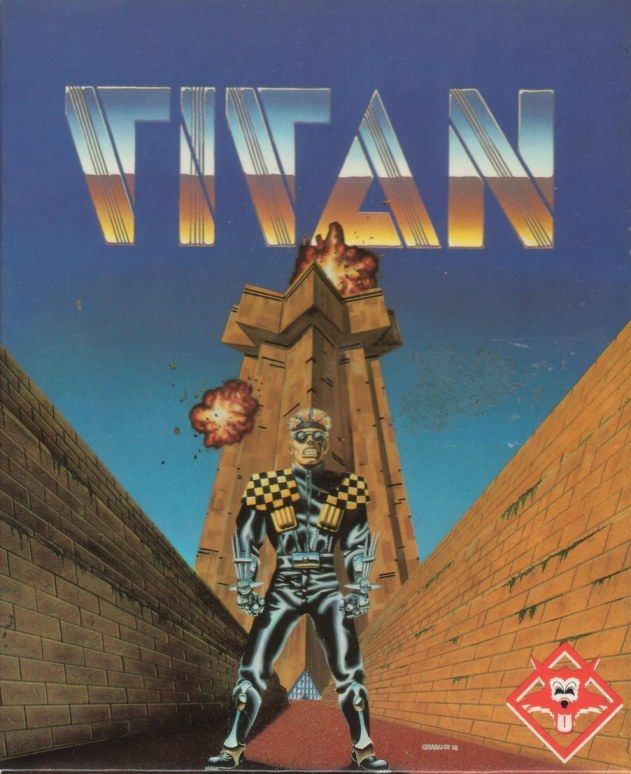
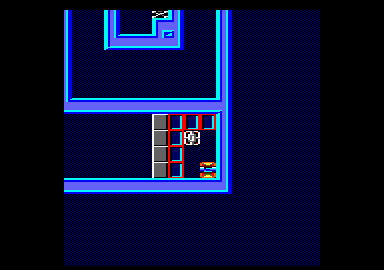
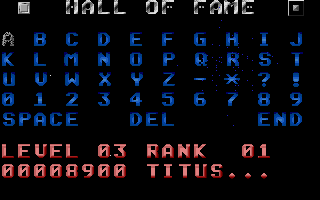
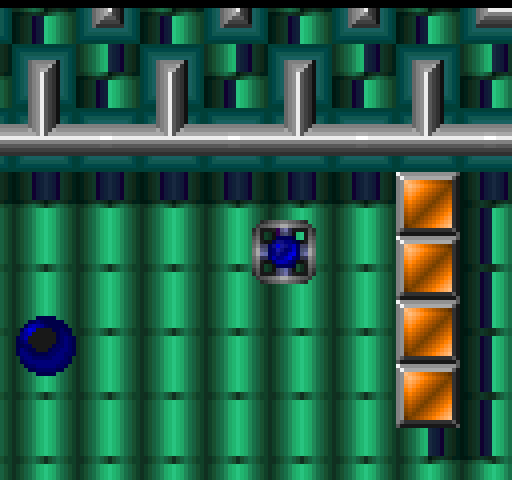
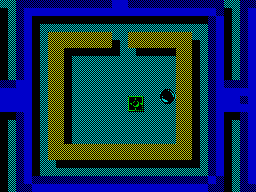
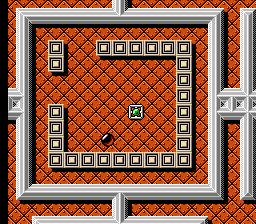



Reviews
There are no reviews yet.